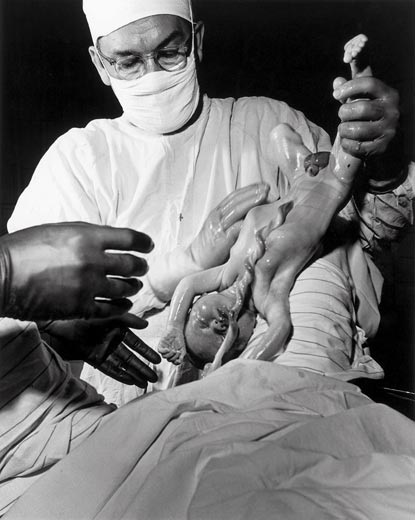1. Furuta M, Sandall J, Bick D. A systematic review of the relationship between severe maternal morbidity and post-traumatic stress disorder. BMC Pregnancy Childbirth 2012;12(1):125. Available: http://www.biomedcentral.com/1471-2393/12/125.
CONCLUSIONS: Despite the absence of robust evidence regarding the relationship between severe maternal morbidity and PTSD/PTSD symptoms, it is crucially important that clinicians and policy makers are aware of a potential higher risk of PTSD among women who experience severe morbidity.
Further studies are now needed to confirm this risk as well as to understand underlying mechanisms in order to minimise the longer term psychiatric impact of severe maternal morbidity.
N.B. Highly accessed PubMed record: http://www.ncbi.nlm.nih.gov/pubmed/23140343
AUTHORS’ CONCLUSIONS: The continuous suturing techniques for perineal closure, compared with interrupted methods, are associated with less short-term pain, need for analgesia and suture removal. Furthermore, there is also some evidence that the continuous techniques used less suture material as compared with the interrupted methods (one packet compared to two or three packets, respectively).See http://plus.mcmaster.ca/evidenceupdates/ for McMaster Online Rating of Evidence (MORE) ratings and comments (available with free registration)PubMed record: http://www.ncbi.nlm.nih.gov/pubmed/23152204
CONCLUSION: Labor is longer in the modern obstetrical cohort. The benefit of extensive interventions needs further evaluation.
CONCLUSIONS: This review provides a broad scope of high quality systematic review evidence and definitively highlights the challenge of knowledge transfer from research into practice.The review also identified gaps in knowledge around the impact of core midwifery practice on public health outcomes and the value of this contribution.This review provides evidence for researchers and funders as to the gaps in current knowledge and should be used to inform the strategic direction of the role of midwifery in public health in policy and practice.N.B. Highly accessed PubMed record: http://www.ncbi.nlm.nih.gov/pubmed/23134701
CONCLUSION: A minority of perinatal nurses have expertise in adolescent mother-friendly care. There is a need for perinatal unit-level interventions to support the development of nurses’ skills in caring for adolescent mothers and their knowledge of community-based resources.Peer mentoring and self-reflective practice are promising strategies. PubMed record: http://www.ncbi.nlm.nih.gov/pubmed/22834883
INTERPRETATION: Mother-infant pairs in the co-ICU group had the highest prevalence of separation due to interfacility transfer and the highest mortality compared with those in the maternal ICU and NICU groups.PubMed record: http://www.ncbi.nlm.nih.gov/pubmed/23091180
CONCLUSIONS: The results of this analysis imply that women with a straightforward birth process may well benefit from giving birth on a birth seat without risk for any adverse obstetrical outcomes.However it is important to bear in mind that, women who received synthetic oxytocin during the first stage of labour may have an increased risk for greater blood loss when giving birth on a birth seat.Finally it is of vital importance to scrutinize the influence of synthetic oxytocin administered during the first stage of labour on blood loss postpartum, since excessive blood loss is a well-documented cause of maternal mortality worldwide and may cause severe maternal morbidity in high-income countries.PubMed record: http://www.ncbi.nlm.nih.gov/pubmed/23173988
